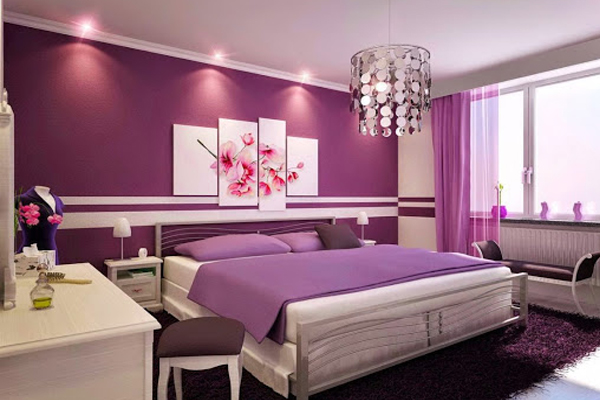Feng Shui Colors: Understanding Their Meanings and Uses in Your Home

Feng Shui is an ancient Chinese practice that involves arranging your living space in a way that promotes balance and harmony. One crucial element of Feng Shui is color. Colors have a significant impact on our emotions and mood, and choosing the right colors can help create a peaceful and calming environment in your home. Here is a guide to understanding the meanings and uses of Feng Shui colors in your home:
Red
Red is a powerful color in Feng Shui and represents passion, energy, and vitality. It is a popular color for the living room or dining room, where it can stimulate conversation and encourage socializing. However, be careful not to use too much red, as it can also create feelings of aggression and restlessness. Use red as an accent color or in moderation.
Yellow

Yellow is a cheerful and uplifting color that represents optimism, happiness, and enlightenment. In Feng Shui, yellow is associated with the sun and can help bring warmth and light into your home. It is an excellent color for a kitchen or dining area, where it can stimulate the appetite and promote good digestion. However, be cautious not to use too much yellow, as it can also create feelings of anxiety and nervousness.
Green
Green is a calming and rejuvenating color that represents growth, vitality, and renewal. It is associated with the natural world and can help bring a sense of balance and harmony to your home. Green is an excellent color for a bedroom or living room, where it can promote relaxation and restful sleep. It is also a great color for the home office, where it can help improve focus and productivity.
Blue
Blue is a calming and soothing color that represents peace, tranquility, and serenity. It is associated with the water element and can help bring a sense of calm and relaxation to your home. Blue is an excellent color for a bedroom or bathroom, where it can create a spa-like atmosphere and promote restful sleep. However, be cautious not to use too much blue, as it can also create feelings of sadness and depression.
Purple

Purple is a luxurious and mysterious color that represents wealth, prosperity, and spirituality. It is associated with the fire element and can help bring a sense of opulence and grandeur to your home. Purple is an excellent color for a living room or bedroom, where it can create a cozy and romantic atmosphere. However, be cautious not to use too much purple, as it can also create feelings of arrogance and superiority.
White
White is a pure and peaceful color that represents cleanliness, clarity, and simplicity. It is associated with the metal element and can help bring a sense of order and organization to your home. White is an excellent color for a bathroom or kitchen, where it can create a clean and fresh atmosphere. However, be cautious not to use too much white, as it can also create feelings of emptiness and isolation.
- When choosing colors for your home, consider the function of each room and the mood you want to create.
- Use colors in moderation and balance to avoid overwhelming your senses.
- Remember that colors can affect how you feel, so choose wisely to create a peaceful and harmonious environment in your home.
Understanding the meanings and uses of Feng Shui colors can help you create a balanced and harmonious living space. By choosing the right colors for each room and using them in moderation, you can create a peaceful and calming environment that promotes health, happiness, and prosperity.







